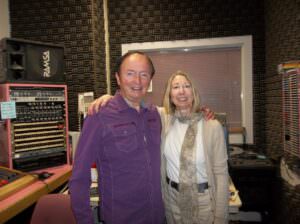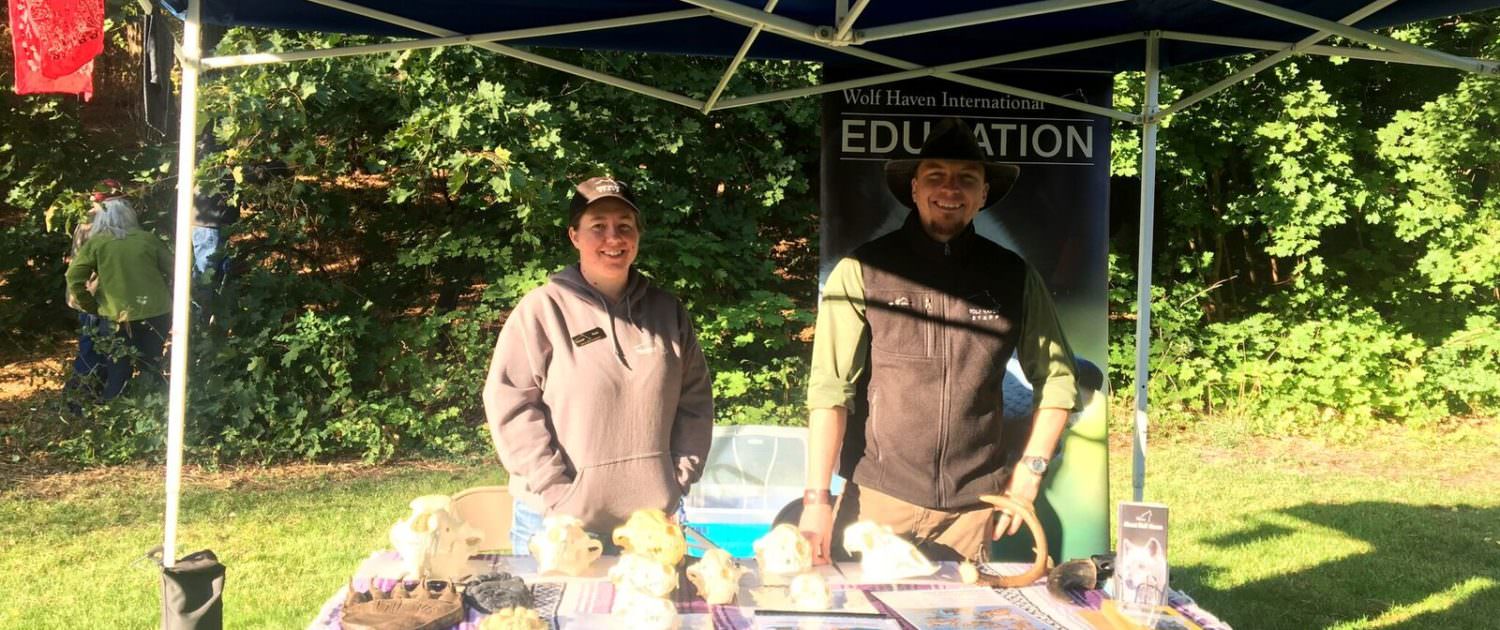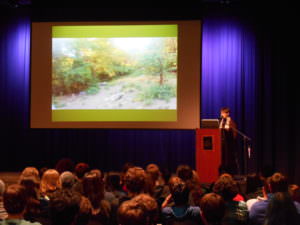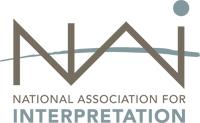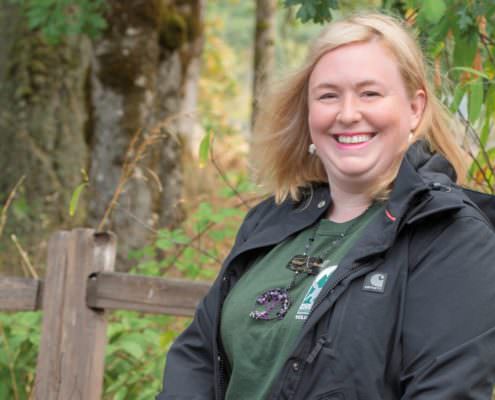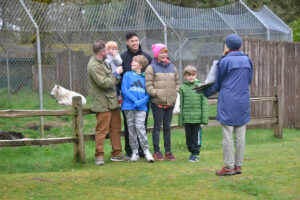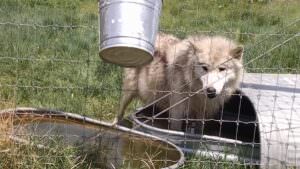
by Skie Bender, Education Outreach California, Wolf Haven International
Skulls Photos Credit: Kristin Olivarez
How exhilarating and simultaneously challenging it is to capture the attention of an audience that ranges in age from small children to adults.
First, I connect with the squirmy youngsters that are seated on the floor. I must immediately encapsulate these spirited fresh minds, or else the single file focus of the room will rapidly dissipate.
I begin by asking the children,
Who has a dog?
Who has seen a coyote at their home, school or park?
Has anybody seen a wolf?
I click the laser remote to the first slide, which is always a video of wolves that fills the entire screen, so everyone is instantly awed by the up close and personal beauty and majesty of these apex canids.
The Wolves, Coyotes and Dogs Education Program contains a plethora of pictures and videos. If a picture is worth 1000 words, than showing these striking images as I speak of biological, sociological and ethological facts about canids greatly enhances the learning process.
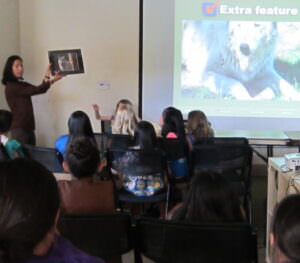
Using sight and sound to capture attention
How does one talk about all this to a five year-old child?
By showing, not telling.
On the topic of ethology I show the children through body language that we too are human animals. For example, I ask them;
Who plays sports?
What do you play…soccer…okay…when you score a goal…
what do you do, how do you act?
The kids proceed to show me how they raise their arms above their head in a winning cheer, with a big smile on their face, their eyes are wide and staring confident and direct at me.
And if you are sad, show me what you look like?
The children curl inward and look down with a frown.
I now shift focus back to the videos.
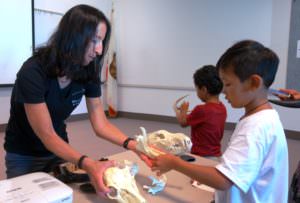
Skie shows skull models to young people
Let’s watch the wolves’ body language and see if we can interpret what they are saying!
While the children intently study videos of Wolf Haven’s wolves playfully jaw wrestling, play bowing, tail wagging, tail up, tail tucked, growling over a piece of food, scent rolling, howling, and splashing excitedly in their tubs, I engage the adults in the audience by interjecting scientific information.
In this collaborative participatory style of communication we proceed to learn about the differences and similarities between wolves, dogs and coyotes, the family pack, pup development, endangered wolves, the important roles that wolves and coyotes serve in an ecosystem, urban coexistence with coyotes, canid communication (which includes body, vocal and scent expression), and of course what they eat in the wild and what we feed our animals at Wolf Haven. We conclude the program with a video of a wolf crunching down on a favorite summer treat – a tuna popsicle!
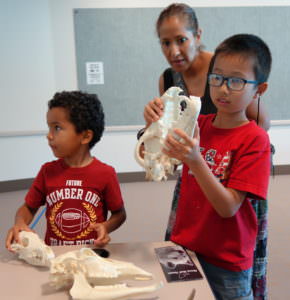 Now I invite everyone to come up and examine the skulls, antlers and tracks.
Now I invite everyone to come up and examine the skulls, antlers and tracks.
Please, touch touch touch! And ask ask ask!
I love answering questions!
The program is not over until I am back in my car driving away. My intent never wanes. I hope to have connected with new people. I hope to have left a lasting lifelong impression, not only for reverence of wolves, coyotes and dogs, not only for wildlife, but for life itself!
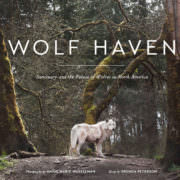

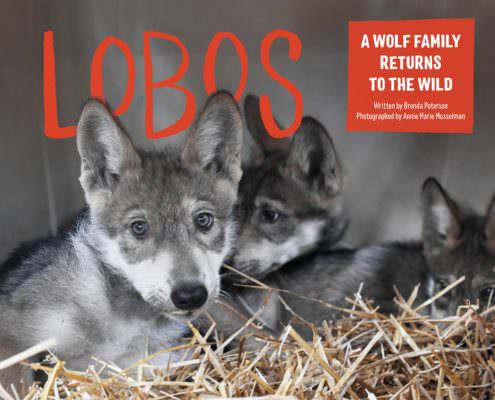
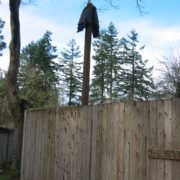
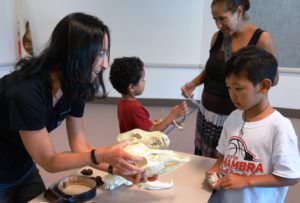



 Now I invite everyone to come up and examine the skulls, antlers and tracks.
Now I invite everyone to come up and examine the skulls, antlers and tracks.